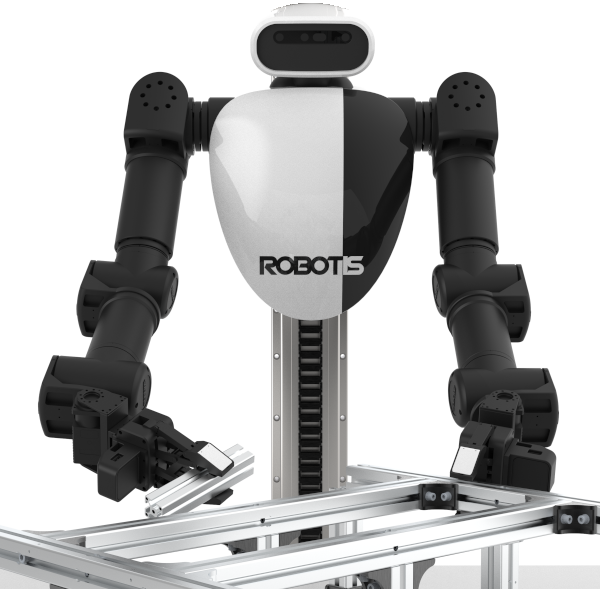Embodied AI represents a paradigm shift in artificial intelligence, moving beyond purely digital minds to create systems that can physically perceive, interact with, and learn from the world around them. Unlike traditional AI that processes data in a virtual space, embodied AI gives intelligence a physical form, enabling it to experience and manipulate its environment directly.
At its core, embodied AI integrates artificial intelligence with a physical body, such as a robot, equipped with sensors (like cameras and touch sensors) and actuators (like motors and grippers). This physical presence allows the AI to gather firsthand data about its surroundings and learn through direct cause and effect, much like humans do. This interaction is crucial for developing a deeper, more grounded understanding of the world that is often lacking in disembodied AI.
Key Characteristics of Embodied AI
Several key characteristics distinguish embodied AI from other forms of artificial intelligence:
-
Physical Interaction: Embodied AI systems are not passive observers; they actively engage with their environment. This can range from a robot navigating a cluttered room to a self-driving car responding to traffic. This direct interaction provides rich, real-time feedback that is essential for learning and adaptation.
- Sensorimotor Learning: Learning is intrinsically linked to sensory input and motor output. An embodied agent learns by doing. For instance, a robotic arm learns the optimal grip for different objects through trial and error, associating what it "sees" with how it "acts."
- Situated Cognition: The intelligence of an embodied agent is "situated," meaning it is deeply influenced by its specific environment and physical form. Its decision-making is directly relevant to its immediate context and physical capabilities.
- Real-time Adaptability: The physical world is dynamic and unpredictable. Embodied AI must be able to adapt to changing conditions in real-time. This could involve a drone adjusting its flight path in response to a sudden gust of wind or a warehouse robot finding an alternative route around an unexpected obstacle.
Embodied vs. Disembodied AI: A Tale of Two Intelligences
The fundamental difference between embodied and disembodied AI lies in their relationship with the physical world.
Disembodied AI, such as large language models (like ChatGPT) and image recognition software, operates on vast datasets of digital information. Their "world" is the internet, and their knowledge is derived from text and images created by humans. They lack a physical body and direct sensory experience.
Embodied AI, in contrast, learns from its own sensory data and the consequences of its actions in a physical space. This grounding in physical reality allows for a different kind of intelligence—one that understands concepts like "heavy," "fragile," or "unstable" through direct experience rather than statistical correlation in text.
rather than statistical correlation in text.


0 comments